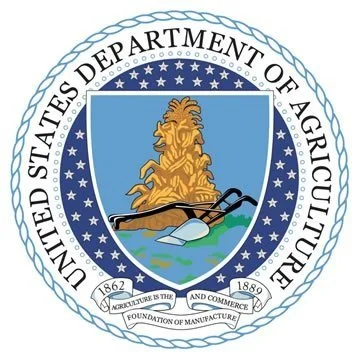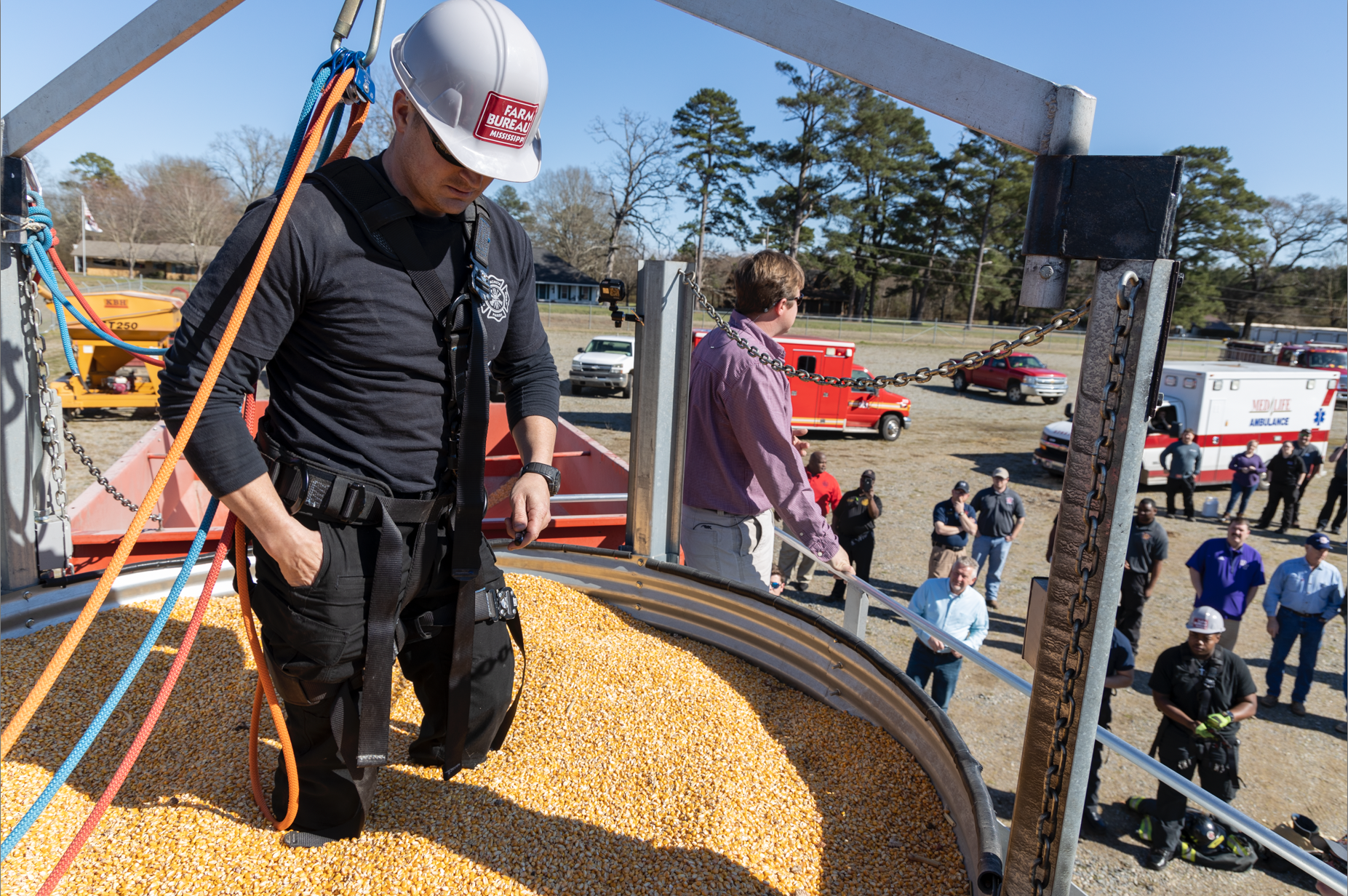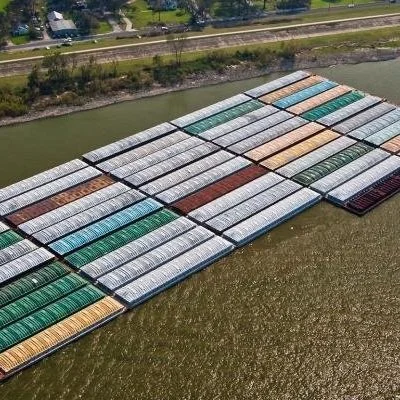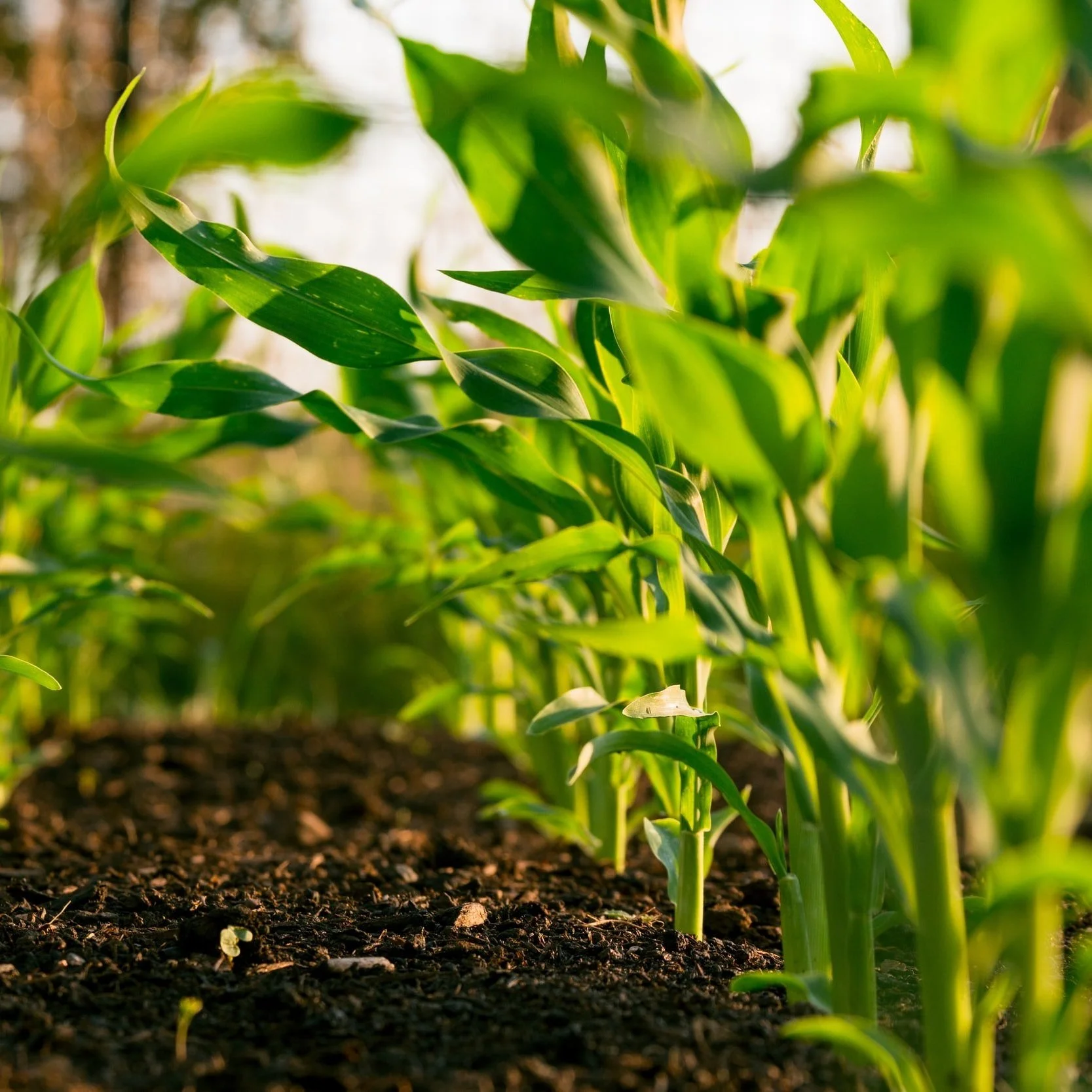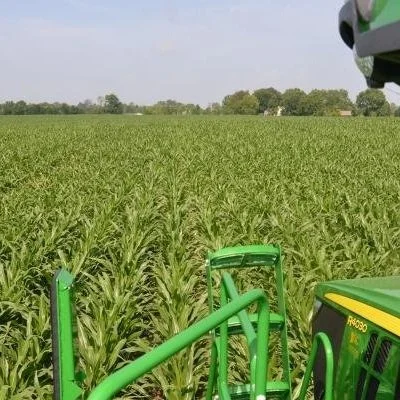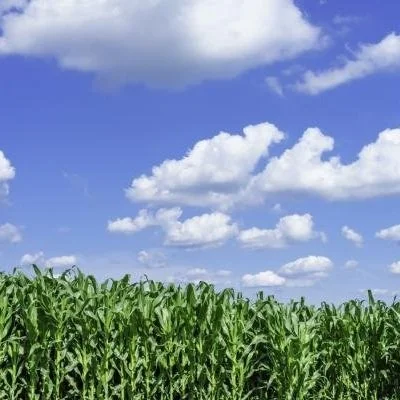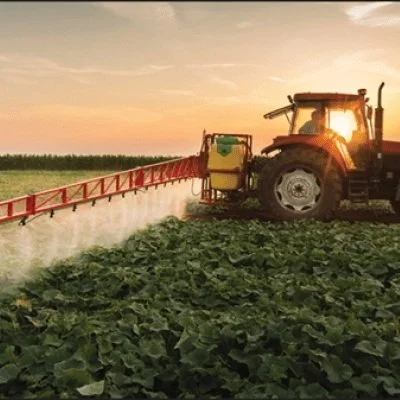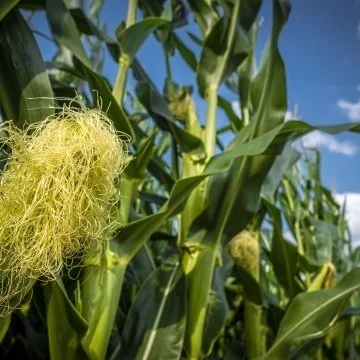2022 is shaping up to be an interesting year from a weed management perspective. Supply chain issues coupled with expanding herbicide resistance could make this season especially challenging when it comes to weed control.
Read MoreSeveral U.S. Department of Agriculture (USDA) national program deadlines are approaching.
Read MoreThe Louisiana Farm Bureau Federation (LFBF) and Mississippi Farm Bureau Federation will hold their annual Grain Bin Rescue Training workshops in early February across northeast Louisiana. This will be the first in-person workshop since the COVID-19 pandemic canceled workshops in 2020.
Read MoreThe U.S. Army Corps of Engineers will target $829.1 million investment in lock and dam modernization projects along the Upper Mississippi River with funding made available in the bipartisan Infrastructure Investment and Jobs Act. A significant priority for soybean and grain farmers was the $732 million designated to complete the design and construction of the Lock and Dam 25.
Read MoreThis month’s 2021/22 U.S. corn outlook is for higher production, greater food, seed, and industrial use (FSI), lower exports, and larger ending stocks. Corn production is estimated at 15.115 billion bushels, up 53 million on a 0.3-million acre increase in harvested area.
Read MoreAlready up as much as 200% year-over-year, the cost of fertilizing crops is expected to get even more expensive in 2022.
In a report prepared at the request of Louisiana Rep. Julia Letlow, agricultural economists noted product shortages and growing input costs will create a challenging environment for which the farm safety net is ill-prepared.
Read MoreA new economic analysis released today by researchers at Texas A&M University has corn growers raising concerns that pending tariffs on nitrogen fertilizers will create shortages and cause prices to increase even more for farmers, according to the National Corn Growers Association.
Read MoreLouisiana rough rice stocks in all positions on December 1, 2021, totaled 14.0 million hundredweight (cwt), down 2 percent from December 1, 2020. Stocks held on farms totaled 6.80 million cwt, up 5 percent from a year ago. Off farm stocks totaled 7.24 million cwt, down 8 percent from last year.
Read MoreThis week, Texas A&M University’s Agricultural and Food Policy Center (AFPC) published a report analyzing the economic impacts of higher fertilizer prices on the AFPC’s 64 representative crop farms.
Read MoreYou can produce well over 1 bushel of corn for every pound of nitrogen applied in some years. Yet in other years, it may take over a pound of commercial nitrogen per bushel. Wouldn’t it be great if you knew what it would take this year? With super-high nitrogen prices and hiccups in the supply chain, this is the year when making the most of every pound applied may be the difference between losing money, breaking even or turning a profit.
Read MoreCorn farmers who split-apply nitrogen now have another option for insurance coverage. USDA's Risk Management Agency announced the details of its Post Application Coverage Endorsement (PACE) in certain states for non-irrigated corn, providing coverage for producers who use this practice. Split-applying nitrogen saves producers money and is considered better for natural resources.
Read MoreThere aren’t many sure things when growing corn and soybeans, but through its Practical Farm Research program, Beck’s has delivered 10 strategies that have a proven track record of payoff for at least three years, at multiple locations.
Read MoreDespite significantly higher fertilizer prices across the globe throughout 2021, global nitrogen fertilizer demand appears to be set to increase in 2022. According to fertilizer analysts, demand destruction does not appear to be on the horizon.
Read MoreBreak-even prices to cover total costs for 2022 are projected at $4.73 per bushel for corn and $11.06 per bushel for soybeans. Compared to historical levels, these break-even prices are very high. While current fall bids are above break-even levels, the high break-even levels present risks in 2022.
Read MoreLeaders from the National Corn Growers Association and its state affiliates sent a letter to one of the nation’s largest fertilizer producers taking to task the tariffs that were imposed in March at the request of the fertilizer company. Fertilizer prices have since skyrocketed, and NCGA continues to make noise about the fertilizer market situation.
Since 2020, all nitrogen fertilizers are now more than double in price: anhydrous is up by 131% and urea by 110%. Potash is up by 120%.
Read More

